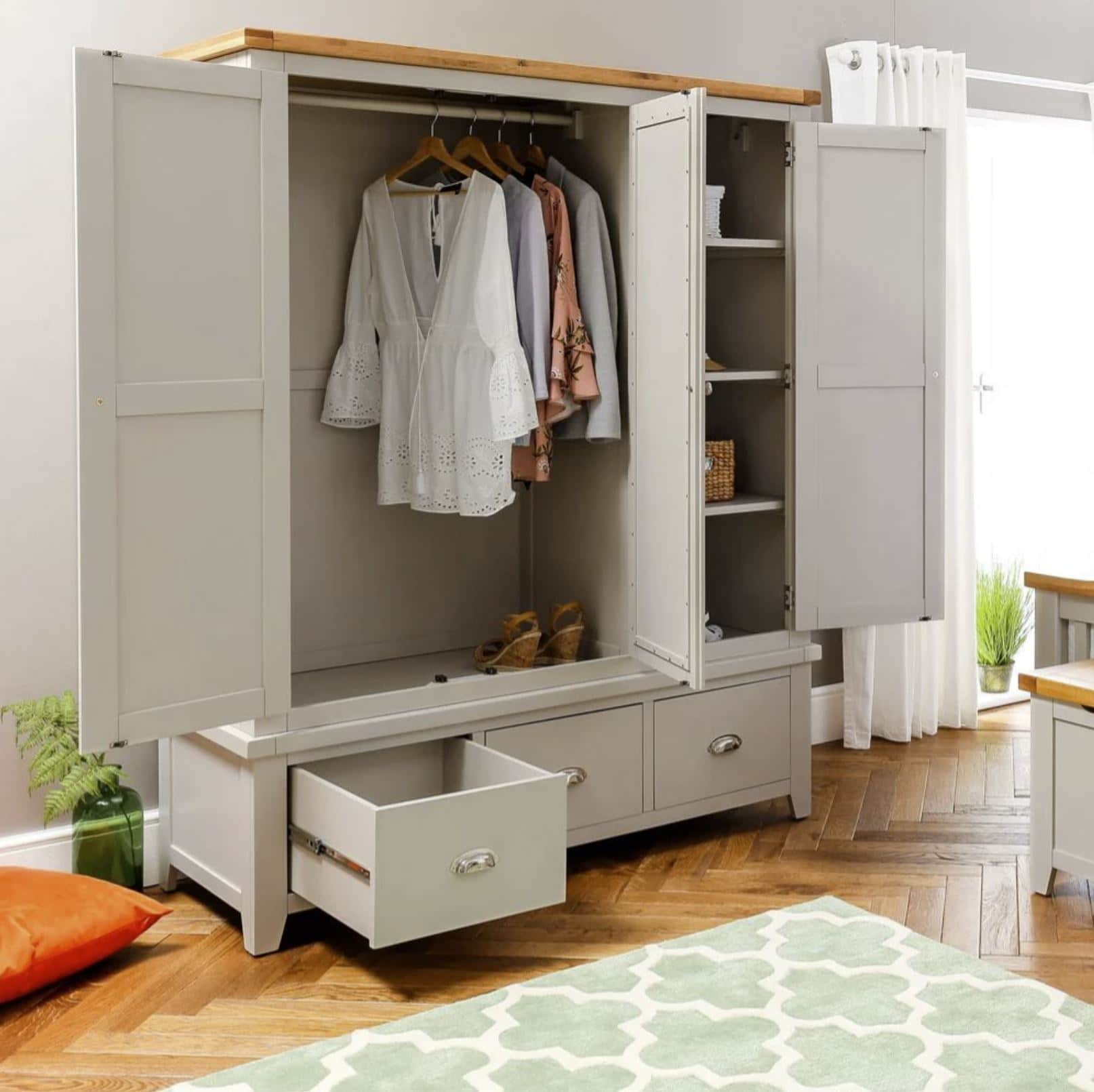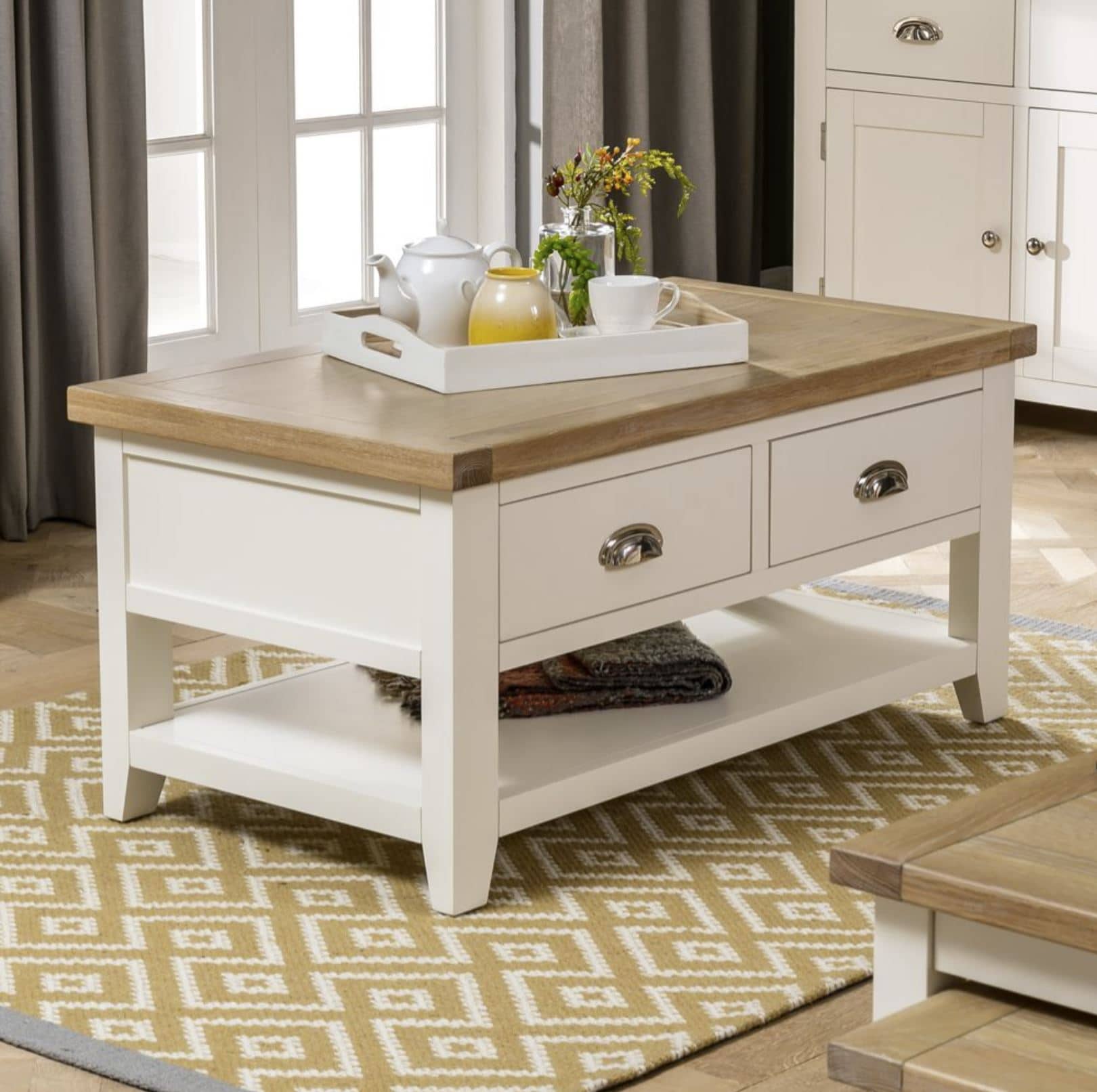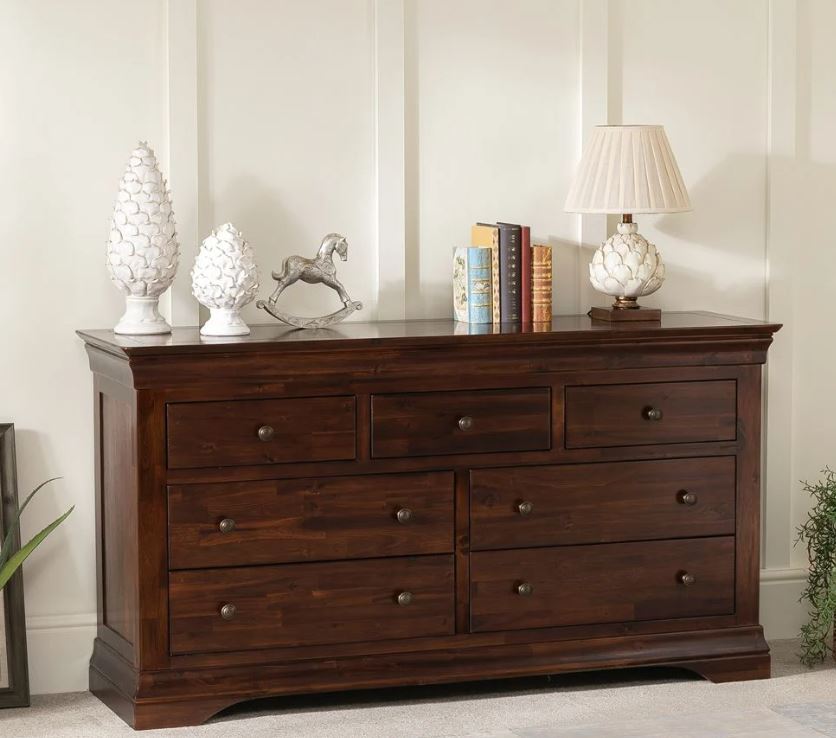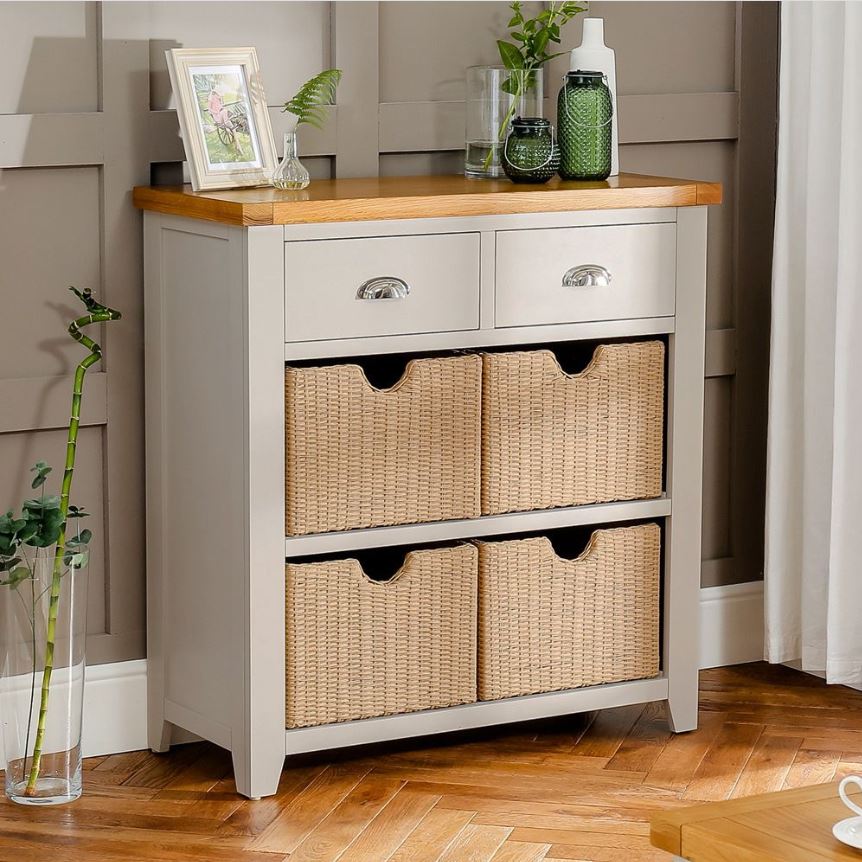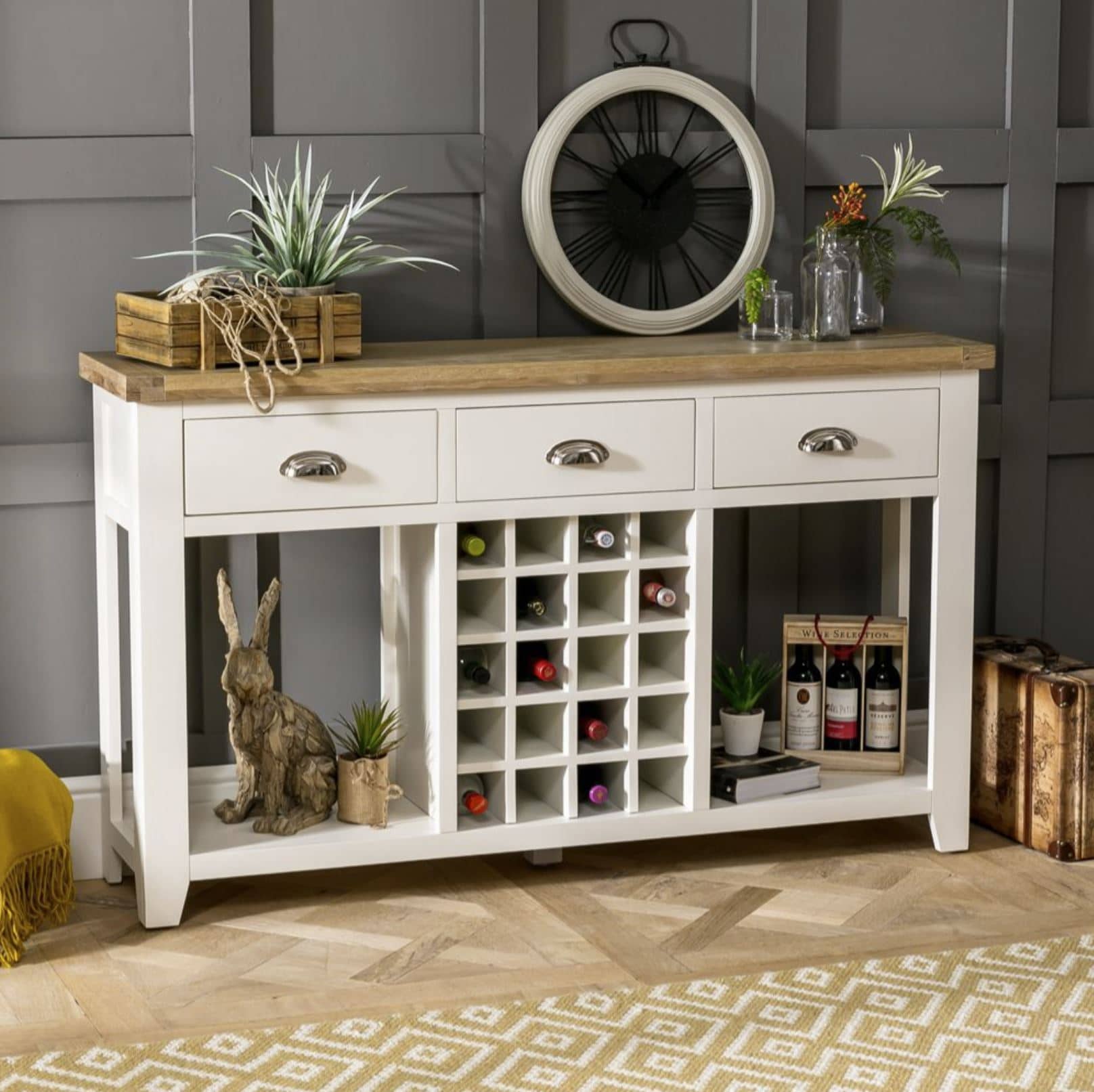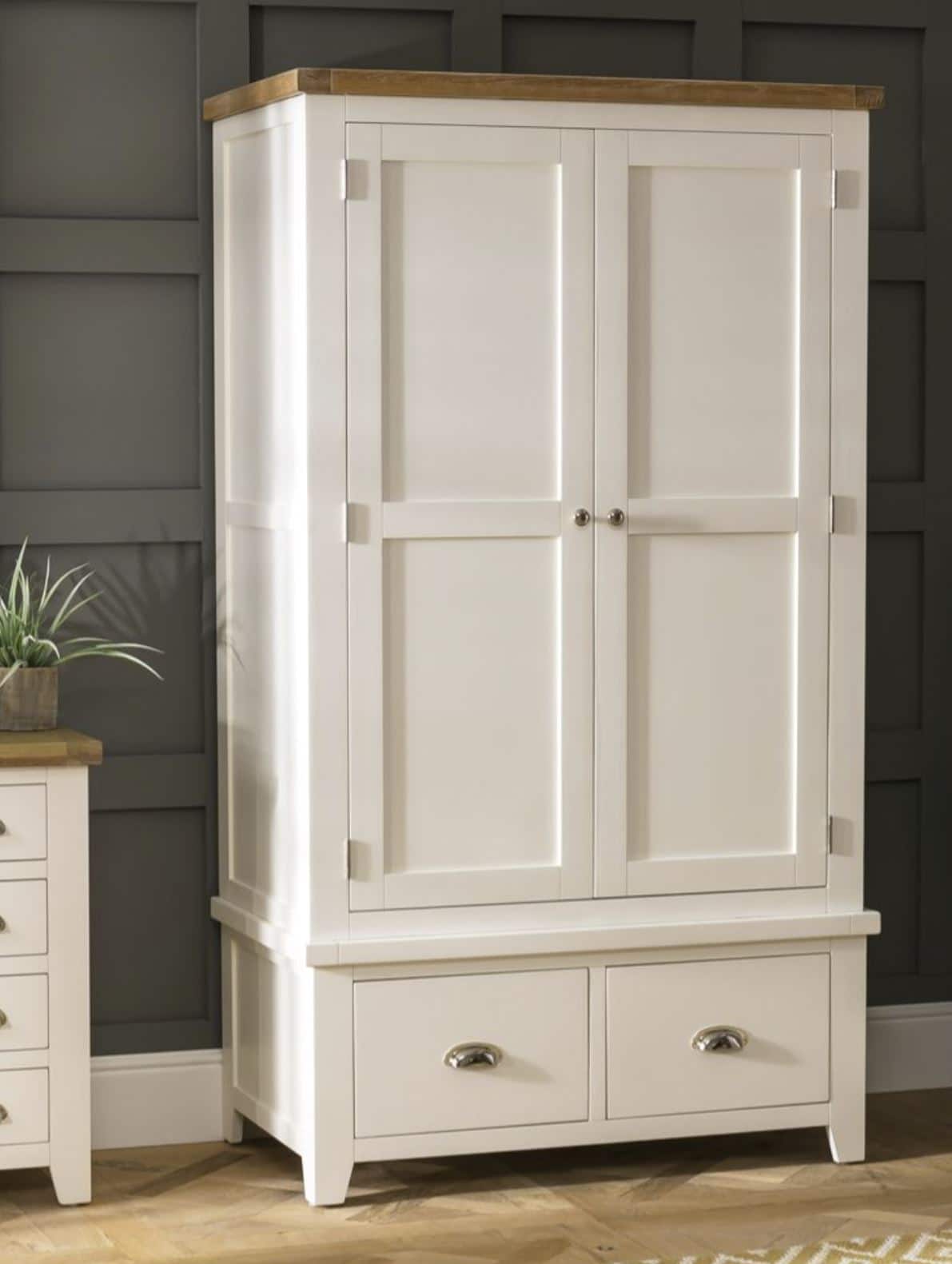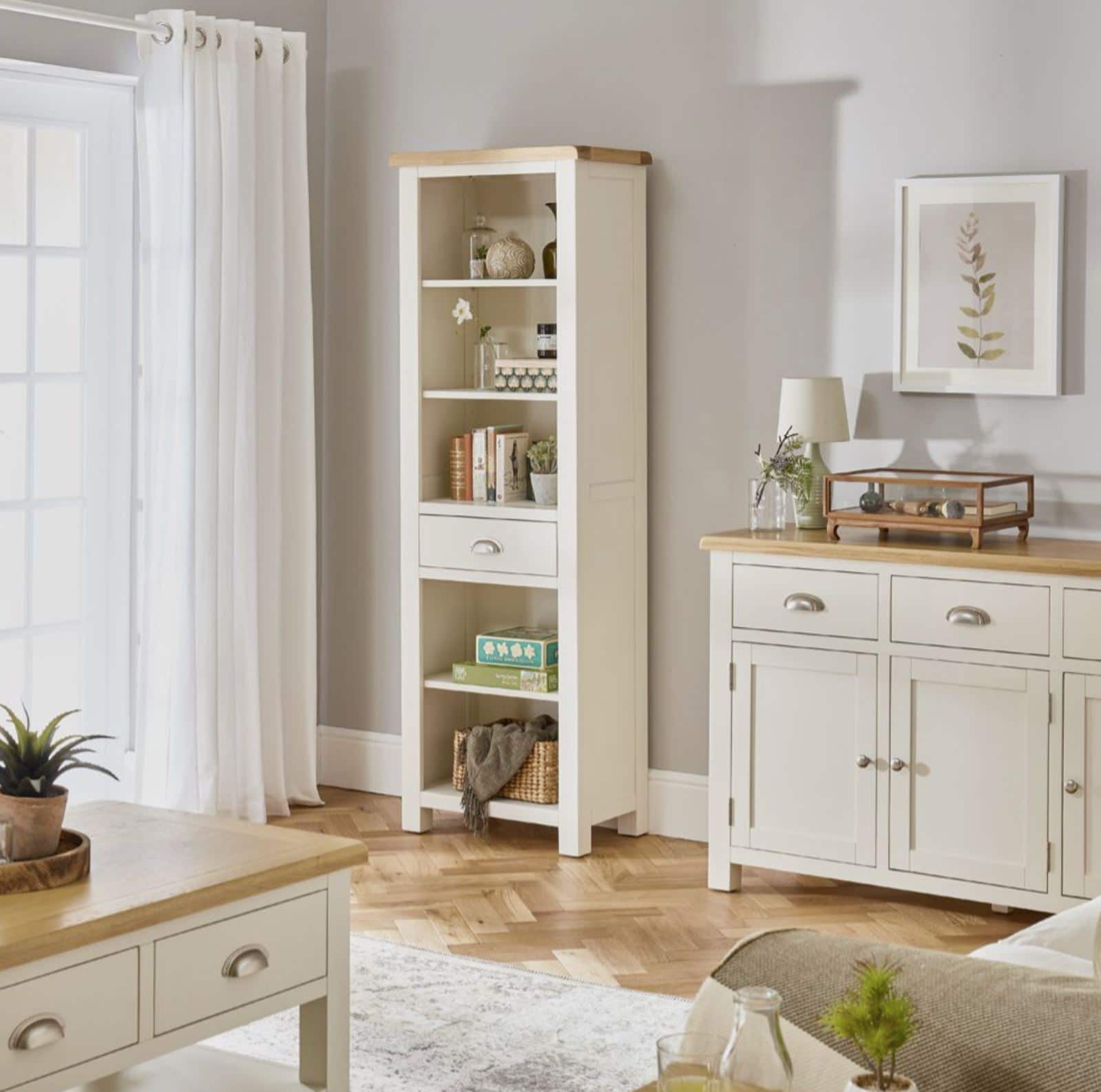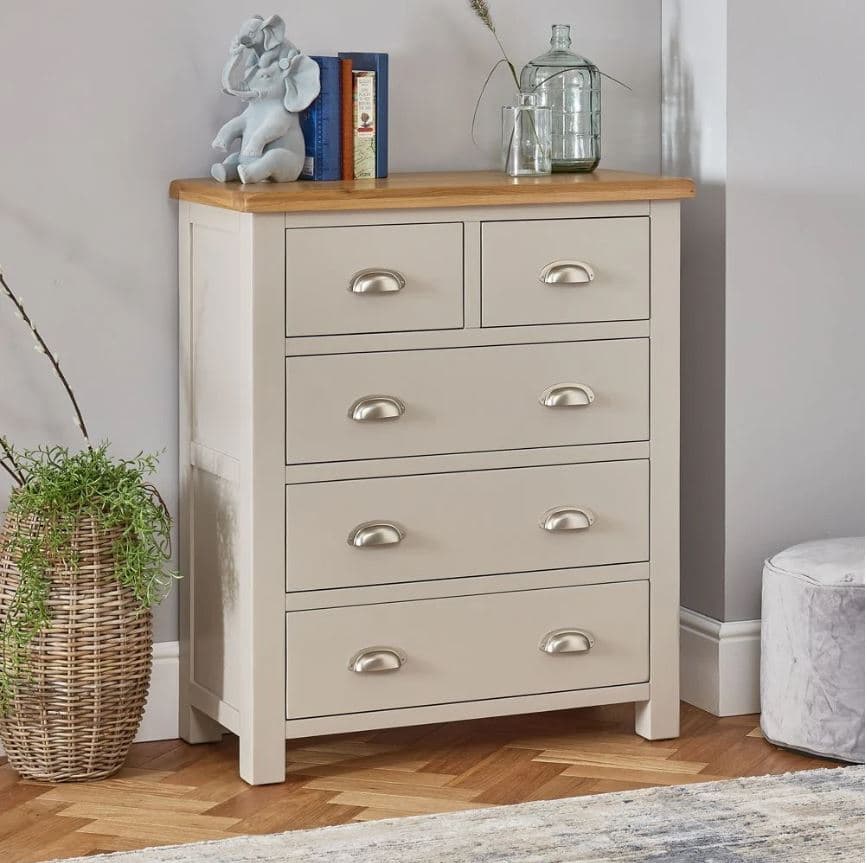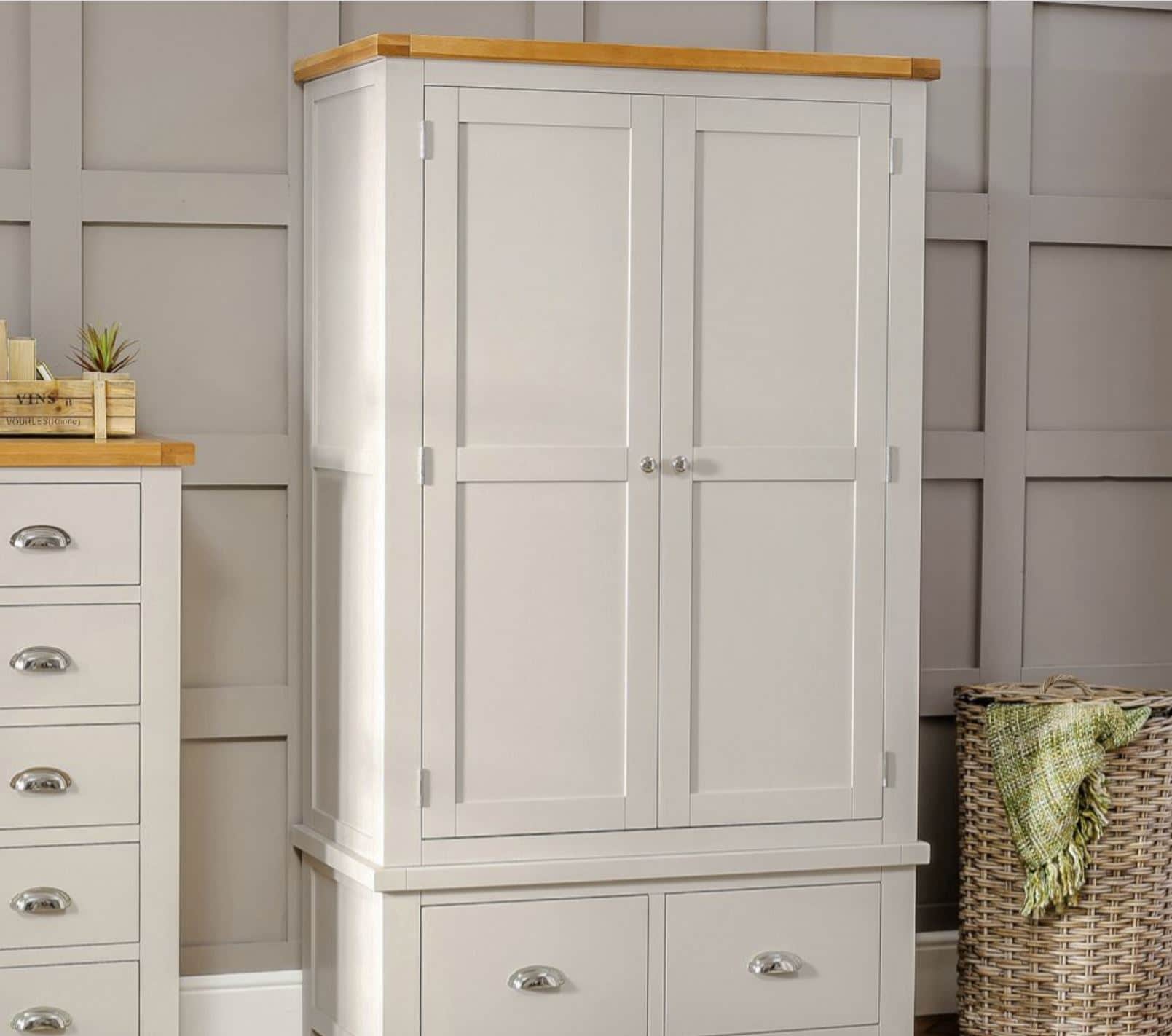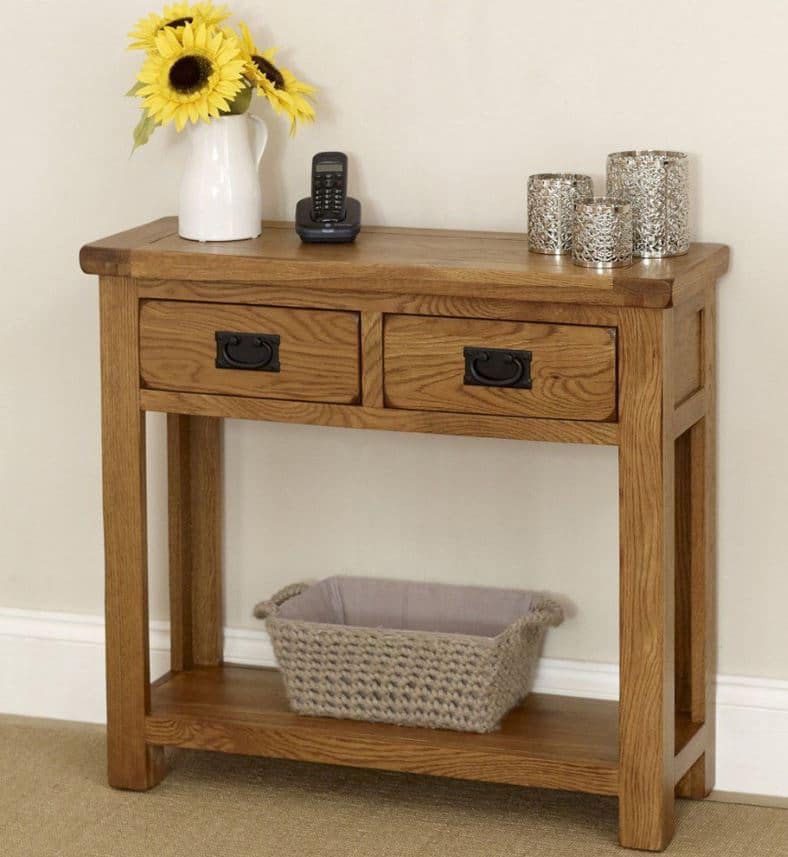How to Create a Tudor Style Interior
- By Alicia Newman
- Interior Design Ideas
- views
The Tudor period in Great Britain ran from the reign of Henry VII in 1485 to the death of Elizabeth I in 1603. One of the most recognisable features of Tudor homes is their distinctive half timber design in crisp white and stark black finishes. Many of these original houses still exist today and are particularly popular as tourist attractions in areas such as Stratford Upon Avon (home of Shakespeare).
Whilst Tudor interiors share many aspects of style with the medieval period it also coincided with the Renaissance period which showed an interest in more refined and intellectual subjects such as art and science. This partnership created a stylish blend of rugged and naturally rustic interiors with elements of artistic beauty and elegance.
When it came to wall decor, Tudor interiors adopted a rich and chunky finish that was cosy and sophisticated. Wall colours ranged from crisp white to rich and deep red, amber and forest green that created a sumptuous backdrop within the grand dimensions of their interior spaces. Wallpaper designs were fashioned in similar colour palettes and featured heraldic crests, fleur -de -lys and floral motifs that created a tapestry feel upon a large feature wall. For a more rustic appearance, walls were covered in dark oak panelling in simple straight edged designs and could be used to cover an entire wall or just the bottom section with complimentary wallpaper above. Panels and woodwork often featured mouldings and carvings of the famous ‘Tudor Rose’ which was the Emblem of the Royal House of Tudor.
Tudor windows are a distinctive feature of the period with their lead framed lattice work design that often formed a distinctive arch style shape. Stained glass was a popular feature in grand Tudor homes with designs being commissioned to reflect the family crest and heraldic motifs for a personalised touch within the home. Curtains were designed to provide a luxurious and opulent feel against the rustic wood panels and exposed stone walls and would be hung in large oversized swags with tasselled tie backs and metallic edging. Fabrics such as brocade, velvet and tapestry styles were used for their heavy weight and their rich and colourful finishes. Red, green and bronze coloured curtains were popular choices with highlighted metallic patterns in rich gold embroidery.
Fireplaces were the centre piece of any Tudor interior and would have been lit twenty four hours a day due to the coldness of the stone built buildings. The snug and cosy open log fires would create a focal point within the darker and enclosed interior spaces and accentuated the popular red and gold colour schemes of the period. Fire surrounds were carved from chunky, heavy stone and featured carvings of heraldic designs, floral motifs and coats of arms that complimented the bold wood panelling and mouldings of the interior backdrop.
Solid dark oak furniture was a staple feature of a Tudor interior design with grand carved four poster beds being one of the most recognisable items from this period. With solid panelled head and foot boards, spindle style posts would protrude from each corner and then form a rectangular frame above the bed. This frame was used to hang heavy brocade drapes and swathes of fabric that could be drawn across to enclose the entire mattress area, for a snug and private sleeping area. Another must have item during this period was a trestle dining table that featured two or three trestle leg supports with a long and chunky rectangular table top. These were crafted from dark oak and each trestle was designed in a chunky and sturdy manner that reflected the rest of the interior surroundings.
Influences from the medieval period could still be seen in the classic wrought iron and pewter candlesticks, tankards and bowls that were laid out on full display across tables, sideboards and dressers. Wrought iron chandeliers would hang in a central position above a dining table or hallway area with similarly styled wall sconces displayed in a regimental formation along straight, long walls or alcoves. Wall art was displayed in the form of tapestries and embroideries that featured tales of battles or ecclesiastic designs that were rich in colour and detail.
For more ideas on how to create a Tudor inspired interior in your home then take a look at our latest Pinterest board - Pinterest - Tudor Interiors.

